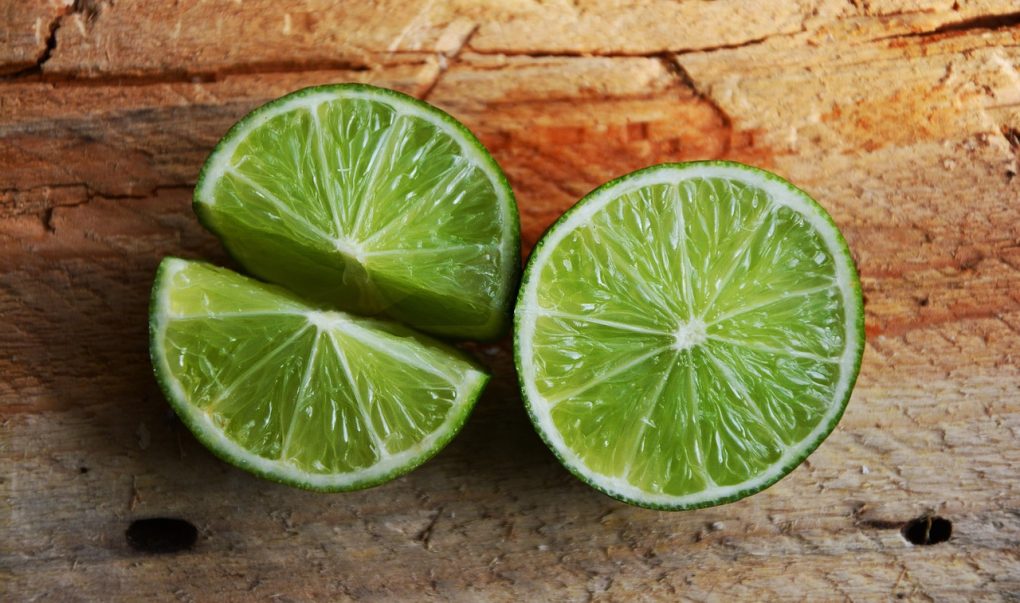
Limes are a delicious citrus fruit that can add a burst of flavor to your meals and drinks. However, if you don’t store them properly, they can quickly lose their freshness and flavor. Here are some simple tips to help you store limes correctly and keep them fresh for longer.
Factors That Affect the Shelf Life of Limes
Limes’s shelf life can be affected by several factors. One critical factor is the level of ripeness at the time of purchase. Overripe limes are more susceptible to spoilage and have a shorter shelf life than underripe ones. It is best to select limes that are firm and heavy for their size, with a smooth, shiny skin.
Another crucial factor that affects the shelf life of limes is their storage conditions. Limes should be stored in a cool, dry place away from direct sunlight, as exposure to heat and light can cause them to deteriorate quickly. It is also important to avoid storing limes in airtight containers or plastic bags, as this can trap moisture and promote the growth of mold and bacteria.
Finally, the way limes are handled can also impact their shelf life. Bruising or damaging the fruit during transportation or storage can cause it to spoil faster. It is crucial to handle limes gently and store them in a way that minimizes movement to prevent physical damage. Following these guidelines can help to extend the shelf life of limes and ensure they remain fresh and flavorful for longer.
How to Store Limes

Storing Whole Limes
If you have whole limes that you want to store, the best way is to put them in the refrigerator. This is because the cool temperature of the fridge helps to slow down the ripening process and keep the limes fresh. You can either store them loose or in a perforated plastic bag. The perforated bag allows for air circulation, which helps to prevent moisture buildup and extend their shelf life. Before storing them, make sure they are dry by wiping off any excess water. It’s also essential to keep limes away from direct sunlight, as this can cause them to spoil quickly. Lastly, limes produce ethylene gas, which can cause other fruits to ripen and spoil faster. So, it’s best to keep limes separate from other fruits.
Easy Steps
| Wipe the limes dry with a paper towel. |
| Place the limes in a perforated plastic bag or store them loosely in the refrigerator. |
| Store the limes in a cool, dark place to prevent spoilage. |
| Keep limes away from direct sunlight. |
| Store limes separately from other fruits to avoid causing them to ripen and spoil faster. |
Storing Cut Limes
To store cut limes, place them in an airtight container and refrigerate them. Squeeze out any excess air from the container to slow down the oxidation process and extend their shelf life. Alternatively, you can tightly cover cut limes with plastic wrap. Cut limes should be used within a few days of being cut, as they can lose their flavor and texture quickly. If you have excess cut limes, freeze them in an airtight container for later use.
Easy Steps
| Squeeze the air out of an airtight container or wrap the cut limes tightly with plastic wrap. |
| Store the container or wrapped limes in the refrigerator. |
| Use cut limes within a few days, as they can lose their flavor and texture quickly. |
| Freeze excess cut limes in an airtight container for later use. |
How to Tell If Limes Has Gone Bad

Here are some signs to look for to determine if limes have gone bad:
- Appearance: If the lime’s skin is discolored or has mold growth, it is a clear indication that the fruit is no longer good. The skin should be smooth and bright green, and any blemishes or discoloration can indicate spoilage.
- Texture: When limes start to spoil, they will become soft and mushy to the touch. If the lime feels squishy or gives under gentle pressure, it is past its prime.
- Smell: Another way to tell if limes have gone bad is by smelling them. A bad lime will have a strong, unpleasant odor that is different from the fresh citrus scent that a ripe lime should have.
- Taste: Finally, taste can be a good indicator of lime spoilage. If the lime tastes sour or bitter, it may have gone bad. A good lime should be tart and juicy.
If limes have a moldy or discolored appearance, are soft or mushy to the touch, have an unpleasant smell, or taste sour or bitter, they are likely past their prime and should not be consumed. It is always best to use your senses to assess whether produce is still fresh and safe to eat.
Conclusion
In conclusion, storing limes properly is a simple but essential aspect of preserving their quality and flavor. By following the tips outlined in this article, you can extend the shelf life of your limes and avoid having to throw away spoiled fruit. Remember to select firm, heavy limes with smooth skin, store them in a cool, dry place away from direct sunlight, and handle them with care to prevent bruising or damage. With these practical and highly useful tips, you can ensure that your limes remain fresh, juicy, and ready to enhance the taste of your favorite dishes. So why not try out these tips today and enjoy the benefits of longer-lasting, delicious limes?


